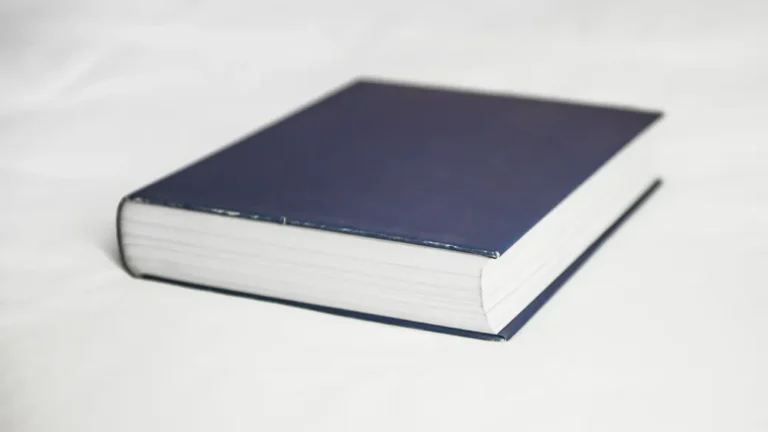How to pass iGCSE Edexcel English Language
In this article, experienced English teacher and tutor Lucy, presents her top tips to acing questions on the iGCSE English Language exam paper.
How can you succeed in your iGCSE Edexcel English Language Paper?
To reach your potential in your Language iGCSE, exam technique is absolutely crucial and could be the difference between Grades. It is really important that you get to know the mark scheme and understand exactly what the examiner is looking for. I am going to break this down for Section A (the Reading section) of Paper 1.
There are two non-fiction texts in Section A: Text One which is unseen and Text Two which will be from your anthology.
Questions 1,2 and 3 are based on Text One, the unseen text.
Question 1:
“From lines X-Y, select two words or phrases that describe…” (2 marks)
This is a simple comprehension exercise but remember that the two words or phrases that you are looking for could be within the same sentence!
The key to question one is to do it as quickly as possible, (and within a minute if you can!) so that you have more time to respond to the more challenging questions.
Question 2:
“Look again at lines X-Y. In your own words, explain…” (4 marks)
The Assessment Objective (AO) that is being assessed in Question 2 is AO1 ‘read and understand a variety of texts, selecting and interpreting information, ideas and perspectives’.
It is important to note that question 2 is NOT assessing your ability to analyse language or structure (AO2). Many students are tempted to analyse in their response to this question, but this will not be help you gain any marks.
For this question, make 4 short points that clearly answer the question. If the question asks you to explain what the writer’s thoughts and feelings towards something are, your sentence starters could be:
“The writer thinks…”; “The writer feels…”; ‘The writer believes…”
Question 3:
“From lines X-Y, describe the […]. You may support your points with brief quotations.” (5 marks)
The Assessment Objective (AO) that is being assessed in Question 3 is also AO1. There is no assessment of language or structural analysis (AO2) for this question. Again, do not be tempted to analyse language or structure! This will waste time in the exam and will not be rewarded by any marks.
For this question, make 5 distinct points on the subject in the question.
I recommend that you take 30 seconds to write a list of 5 things that you are going to cover before you start writing so that you can ensure that you hit 5 marks.
Question 4:
Question 4 is based on Text Two, a text from your anthology.
“How does the writer, X, use language and structure in Text Two to convey…” (12 marks)
The Assessment Objective that is being assessed in Question 4 is AO2: ‘Understand and analyse how writers use linguistic and structural devices to achieve their effects’.
For this question, select three to four quotes that convey the topic stated in the question. Consider which linguistic methods are used in each quote and what the effect of these methods is. To explain the effect, consider how the writer’s choice of language makes you feel as a reader or what it makes you think. Also consider the writer’s word choice and what this might suggest. Aim to develop your analysis by exploring layers of meaning. This will help you to reach the top bands of the mark scheme and write a ‘thorough’ (8-10 marks) or ‘perceptive’ (11-12 marks) response.
Question 5:
Question 5 requires you to compare Text One and Text Two.
“Compare how the writers present their ideas and perspectives about X..” (22 marks)
The Assessment Objective that is being assessed in Question 5 is AO3: “Explore links and connections between writer’s ideas and perspectives, as well as how these are conveyed.”
This means that you are assessed on your ability to compare both the writers’ ideas but also HOW these are constructed. This means that you need to engage with language and structural analysis for the question.
For Question 5, I recommend that you find 3 to 4 points of comparison between the texts. Remember that you should compare like for like. For example, you could compare a writer’s use of linear structure with the other writer’s use of cyclical structure. You would not be awarded as many marks for comparing a writer’s use of cyclical structure with the other writer’s use of metaphor.
You can structure each point of comparison in the following way:
- Make a comparative point, eg: ‘Both writers employ structural techniques to engage the reader but the writer of Text One employs a linear structure while the writer of Text Two chooses a cyclical structure’.
- Explain and analyse how X (eg. linear structure) is used in Text One, using evidence from the text.
- Explain and analyse how Y (eg. cyclical structure) is used is Text Two, using evidence from the text.
- Compare the effect and/or impact of the writers’ choices.
This structure will ensure that you maintain focused on comparison, which is how you will reach the higher bands in the mark scheme.
Well done for reading to the end – that demonstrates a dedication to your learning and improvement!
Remember that if you want tailored one-to-one guidance from trained teachers, you could consider hiring an Owl Tutors tutor!



Start the discussion!